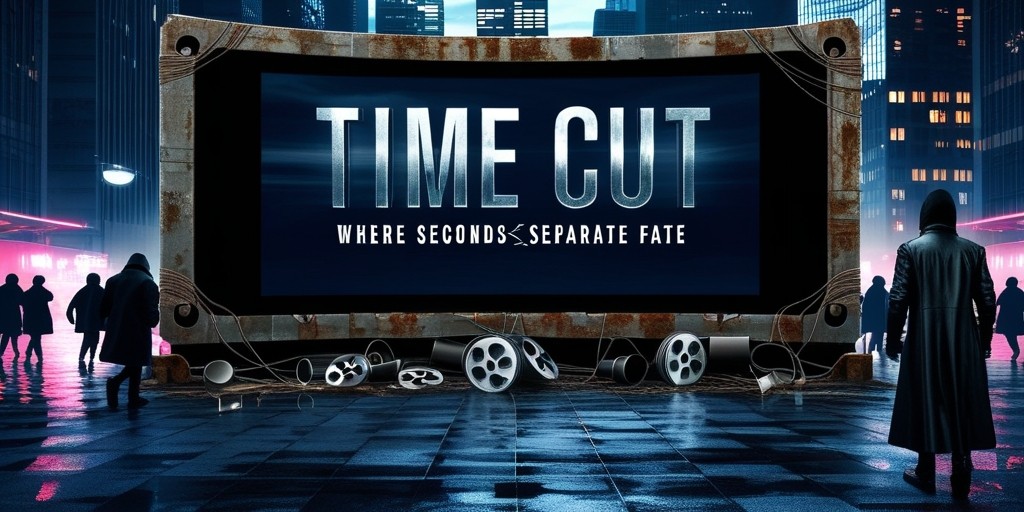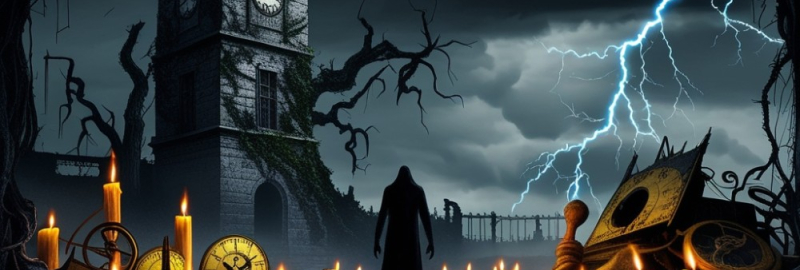
In the vast landscape of digital entertainment, films often strive for originality and impact. Yet, with so many options available, some productions fail to resonate, leaving viewers disappointed. One such film is the recent release, offering a spin on the horror genre theme of time travel. Despite the potential for thrills and nostalgia, this effort disappoints on almost every level. Let’s explore the various facets of this film—its narrative, cast, technical execution, and the overarching impression it leaves behind.
Premise: A Missed Opportunity
This film introduces us to Lucy, portrayed by a familiar face from popular teen dramas. She is a heartbroken teenager grappling with the tragic loss of her sister at the hands of a serial killer. While the premise of Lucy's quest to travel back to 2003 in an attempt to alter this heartbreaking fate is ripe for tension and excitement, the execution leaves much to be desired. The film fails to provide a gripping narrative, instead opting for tired tropes that fall flat.
A Nod to Nostalgia Gone Wrong
Setting the story in 2003 could evoke a wave of nostalgia, but the film disappointingly neglects to embrace the cultural markers of that time. The absence of iconic visuals and stylistic elements from the early 2000s renders the film's backdrop forgettable. Instead of a vibrant homage to that era, viewers are treated to a muddled presentation lacking authenticity.
Scriptwriting Woes
Co-written by the film's director and another writer known for more successful projects, the script is a significant point of contention. Despite the potential it had to connect with audiences on a deeper level, it comes off as lackluster. The dialogue often feels forced and juvenile, failing to resonate with the experiences of a grieving teenager.
Rating Impact: The Curse of PG-13
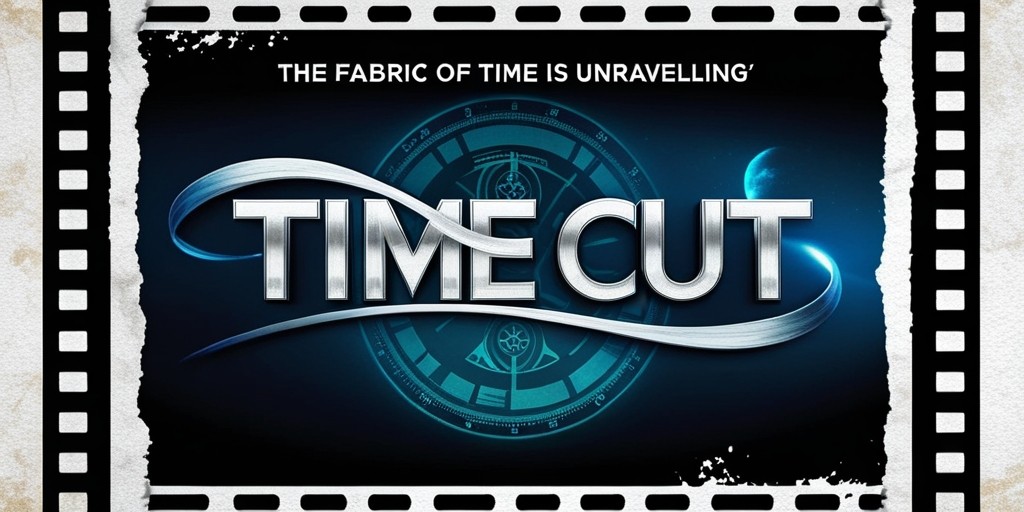
The decision to categorize the film with a PG-13 rating creates limitations that hinder any semblance of horror. As a result, the film drifts dangerously close to melodrama, making viewers cringe instead of scream. The tension is diffused by safe storytelling choices that stifle the horror element, leaving the audience wanting more depth and thrill.
Character Depth: Unfulfilled Potential
Lucy’s character arc had potential for profound exploration; her struggles could elicit empathy and investment from viewers. Yet, with a focus on surface-level dilemmas and simplistic family dynamics, her journey becomes unstimulating. The script misses the chance to delve into genuine character development.
Netflix’s Creative Choices
Netflix has been criticized for many of its original films, often prioritizing viewer numbers over quality. With star casting and a cookie-cutter script, the film feels like a calculated move to generate engagement without fostering originality or creativity. This formulaic approach results in a viewing experience that feels more like a product than a piece of art.
The Horror Aspect: Few Frights
While marketed as a horror film, the actual scares are sparse. Moments designed for shock often miss the mark, leaving viewers feeling no sense of fear. The moments that could have exhilarated instead drown in mediocrity, diluting the slasher appeal that the genre is known for.
Visual Presentation: Aesthetic Fail
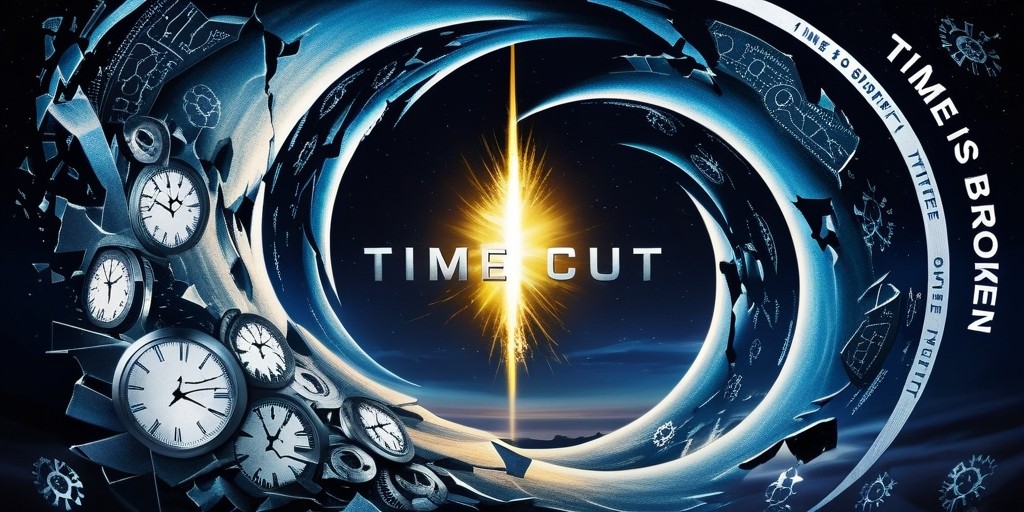
Visually, the film is pretty bleak. Everything feels overly staged, appearing as though it could have been filmed on a soundstage instead of real locations. This stark artificiality drains the film of any atmospheric potential, leaving behind a bland and uninspiring visual experience.
Branding and Product Placement: A Corporate Feel
In a puzzling choice, the film prominently features an Italian restaurant chain without using its branding. This odd decision creates an impression of needless corporate oversight and detracts from the storytelling. Such incongruities only serve to highlight the film's disconnect from authenticity.
Comparison with Other Films: A Diminished Experience
Audiences familiar with other horror films, especially those that successfully blend time travel with panic, will find Time Cut lacking in comparison. Despite being developed earlier than similar productions, it comes off as an uninspired imitation rather than a groundbreaking addition to the genre.
The Skewed Tonality: An Identity Crisis
The film grapples with an identity crisis. The mix of horror, romance, and supernatural elements only results in confusion, as it fails to balance these contrasting elements effectively. The tonal inconsistencies leave audiences wondering what direction the film aspires to take.
Engagement Factor: A Dull Experience
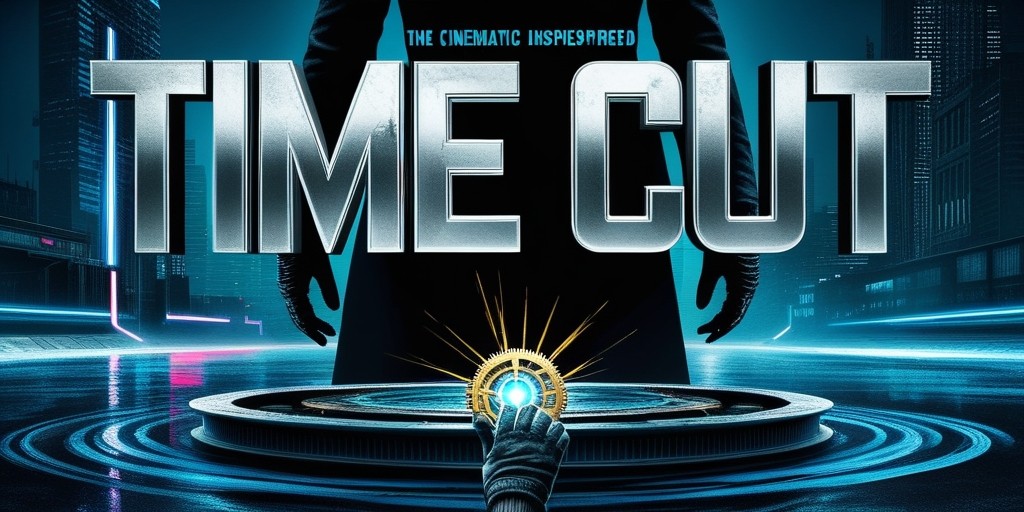
Unfortunately, no part of the viewing journey feels engaging. With little to connect with from a narrative or emotional standpoint, viewers are left disengaged and disinterested. Even avid fans of the genre may struggle to find value in this particular offering.
Emotional Resonance: Lost in Translation
What could have been an exploration of grief and recovery feels hampered by the film's inability to delve deeply into emotional complexity. Instead, it glosses over profound experiences that could resonate with the audience. This oversight leaves viewers feeling detached from Lucy's journey.
Final Thoughts: The Verdict
Time Cut fails to deliver on its promises. It emerges as a missed opportunity, neglecting the core principles that make slasher films thrilling and engaging. From its uninspired script to poor visual presentation, it stands as another reminder of Netflix's recent creative shortcomings. The film falls short on almost all fronts, offering little more than a craving for better narratives. Unfortunately, it remains another title in a long list of unsatisfactory entries in the ever-expanding realm of streaming services.
As a contemporary take on horror, Time Cut offers nothing new, lampooning the genre it aims to contribute to while simultaneously failing to grasp its aesthetic essence. It highlights the clash between intent and delivery, ultimately leaving viewers disappointed. In conclusion, for anyone seeking a thrilling cinematic experience, this film may be best avoided in favor of more substantial alternatives available to stream elsewhere.
